Citibank 2010 Annual Report Download - page 217
Download and view the complete annual report
Please find page 217 of the 2010 Citibank annual report below. You can navigate through the pages in the report by either clicking on the pages listed below, or by using the keyword search tool below to find specific information within the annual report.-
 1
1 -
 2
2 -
 3
3 -
 4
4 -
 5
5 -
 6
6 -
 7
7 -
 8
8 -
 9
9 -
 10
10 -
 11
11 -
 12
12 -
 13
13 -
 14
14 -
 15
15 -
 16
16 -
 17
17 -
 18
18 -
 19
19 -
 20
20 -
 21
21 -
 22
22 -
 23
23 -
 24
24 -
 25
25 -
 26
26 -
 27
27 -
 28
28 -
 29
29 -
 30
30 -
 31
31 -
 32
32 -
 33
33 -
 34
34 -
 35
35 -
 36
36 -
 37
37 -
 38
38 -
 39
39 -
 40
40 -
 41
41 -
 42
42 -
 43
43 -
 44
44 -
 45
45 -
 46
46 -
 47
47 -
 48
48 -
 49
49 -
 50
50 -
 51
51 -
 52
52 -
 53
53 -
 54
54 -
 55
55 -
 56
56 -
 57
57 -
 58
58 -
 59
59 -
 60
60 -
 61
61 -
 62
62 -
 63
63 -
 64
64 -
 65
65 -
 66
66 -
 67
67 -
 68
68 -
 69
69 -
 70
70 -
 71
71 -
 72
72 -
 73
73 -
 74
74 -
 75
75 -
 76
76 -
 77
77 -
 78
78 -
 79
79 -
 80
80 -
 81
81 -
 82
82 -
 83
83 -
 84
84 -
 85
85 -
 86
86 -
 87
87 -
 88
88 -
 89
89 -
 90
90 -
 91
91 -
 92
92 -
 93
93 -
 94
94 -
 95
95 -
 96
96 -
 97
97 -
 98
98 -
 99
99 -
 100
100 -
 101
101 -
 102
102 -
 103
103 -
 104
104 -
 105
105 -
 106
106 -
 107
107 -
 108
108 -
 109
109 -
 110
110 -
 111
111 -
 112
112 -
 113
113 -
 114
114 -
 115
115 -
 116
116 -
 117
117 -
 118
118 -
 119
119 -
 120
120 -
 121
121 -
 122
122 -
 123
123 -
 124
124 -
 125
125 -
 126
126 -
 127
127 -
 128
128 -
 129
129 -
 130
130 -
 131
131 -
 132
132 -
 133
133 -
 134
134 -
 135
135 -
 136
136 -
 137
137 -
 138
138 -
 139
139 -
 140
140 -
 141
141 -
 142
142 -
 143
143 -
 144
144 -
 145
145 -
 146
146 -
 147
147 -
 148
148 -
 149
149 -
 150
150 -
 151
151 -
 152
152 -
 153
153 -
 154
154 -
 155
155 -
 156
156 -
 157
157 -
 158
158 -
 159
159 -
 160
160 -
 161
161 -
 162
162 -
 163
163 -
 164
164 -
 165
165 -
 166
166 -
 167
167 -
 168
168 -
 169
169 -
 170
170 -
 171
171 -
 172
172 -
 173
173 -
 174
174 -
 175
175 -
 176
176 -
 177
177 -
 178
178 -
 179
179 -
 180
180 -
 181
181 -
 182
182 -
 183
183 -
 184
184 -
 185
185 -
 186
186 -
 187
187 -
 188
188 -
 189
189 -
 190
190 -
 191
191 -
 192
192 -
 193
193 -
 194
194 -
 195
195 -
 196
196 -
 197
197 -
 198
198 -
 199
199 -
 200
200 -
 201
201 -
 202
202 -
 203
203 -
 204
204 -
 205
205 -
 206
206 -
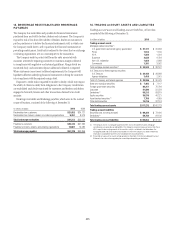 207
207 -
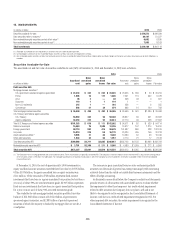 208
208 -
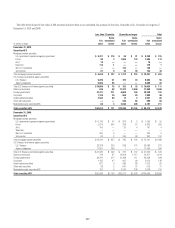 209
209 -
 210
210 -
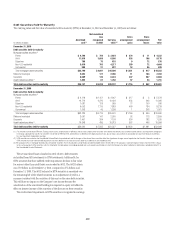 211
211 -
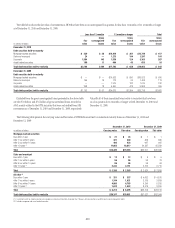 212
212 -
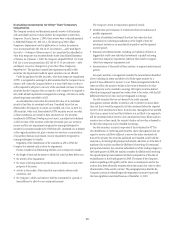 213
213 -
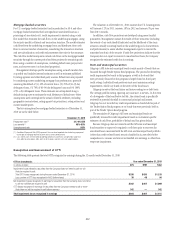 214
214 -
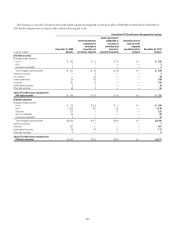 215
215 -
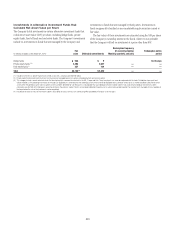 216
216 -
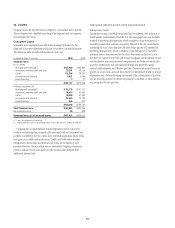 217
217 -
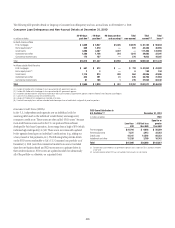 218
218 -
 219
219 -
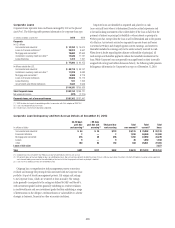 220
220 -
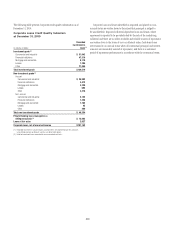 221
221 -
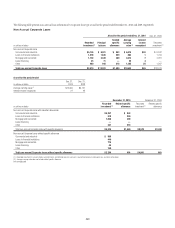 222
222 -
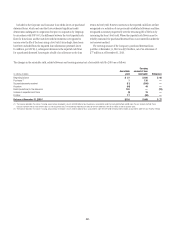 223
223 -
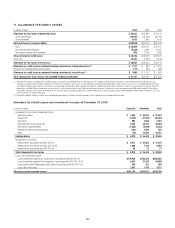 224
224 -
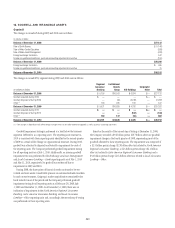 225
225 -
 226
226 -
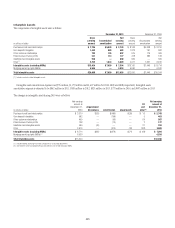 227
227 -
 228
228 -
 229
229 -
 230
230 -
 231
231 -
 232
232 -
 233
233 -
 234
234 -
 235
235 -
 236
236 -
 237
237 -
 238
238 -
 239
239 -
 240
240 -
 241
241 -
 242
242 -
 243
243 -
 244
244 -
 245
245 -
 246
246 -
 247
247 -
 248
248 -
 249
249 -
 250
250 -
 251
251 -
 252
252 -
 253
253 -
 254
254 -
 255
255 -
 256
256 -
 257
257 -
 258
258 -
 259
259 -
 260
260 -
 261
261 -
 262
262 -
 263
263 -
 264
264 -
 265
265 -
 266
266 -
 267
267 -
 268
268 -
 269
269 -
 270
270 -
 271
271 -
 272
272 -
 273
273 -
 274
274 -
 275
275 -
 276
276 -
 277
277 -
 278
278 -
 279
279 -
 280
280 -
 281
281 -
 282
282 -
 283
283 -
 284
284 -
 285
285 -
 286
286 -
 287
287 -
 288
288 -
 289
289 -
 290
290 -
 291
291 -
 292
292 -
 293
293 -
 294
294 -
 295
295 -
 296
296 -
 297
297 -
 298
298 -
 299
299 -
 300
300 -
 301
301 -
 302
302 -
 303
303 -
 304
304 -
 305
305 -
 306
306 -
 307
307 -
 308
308 -
 309
309 -
 310
310 -
 311
311 -
 312
312
 |
 |

215
16. LOANS
Citigroup loans are reported in two categories—Consumer and Corporate.
These categories are classified according to the segment and sub-segment
that manages the loans.
Consumer Loans
Consumer loans represent loans and leases managed primarily by the
Regional Consumer Banking and Local Consumer Lending businesses.
The following table provides information by loan type:
In millions of dollars at year end 2010 2009
Consumer loans
In U.S. offices
Mortgage and real estate (1) $151,469 $183,842
Installment, revolving credit, and other 28,291 58,099
Cards (2) 122,384 28,951
Commercial and industrial 5,021 5,640
Lease financing 211
$307,167 $276,543
In offices outside the U.S.
Mortgage and real estate (1) $ 52,175 $ 47,297
Installment, revolving credit, and other 38,024 42,805
Cards 40,948 41,493
Commercial and industrial 18,584 14,780
Lease financing 665 331
$150,396 $146,706
Total Consumer loans $457,563 $423,249
Net unearned income 69 808
Consumer loans, net of unearned income $457,632 $424,057
(1) Loans secured primarily by real estate.
(2) 2010 includes the impact of consolidating entities in connection with Citi’s adoption of SFAS 167.
Citigroup has a comprehensive risk management process to monitor,
evaluate and manage the principal risks associated with its Consumer loan
portfolio. Included in the loan table above are lending products whose terms
may give rise to additional credit issues. Credit cards with below-market
introductory interest rates and interest-only loans are examples of such
products. However, these products are not material to Citigroup’s financial
position and are closely managed via credit controls that mitigate their
additional inherent risk.
Credit quality indicators that are actively monitored include:
Delinquency Status
Delinquency status is carefully monitored and considered a key indicator of
credit quality. Substantially all of the U.S. first mortgage loans use the MBA
method of reporting delinquencies, which considers a loan delinquent if a
monthly payment has not been received by the end of the day immediately
preceding the loan’s next due date. All other loans use the OTS method of
reporting delinquencies, which considers a loan delinquent if a monthly
payment has not been received by the close of business on the loan’s next
due date. As a general rule, first and second mortgages and installment loans
are classified as non-accrual when loan payments are 90 days contractually
past due. Credit cards and unsecured revolving loans generally accrue
interest until payments are 180 days past due. Commercial market loans are
placed on a cash (non-accrual) basis when it is determined, based on actual
experience and a forward-looking assessment of the collectability of the loan
in full, that the payment of interest or principal is doubtful or when interest
or principal is 90 days past due.
